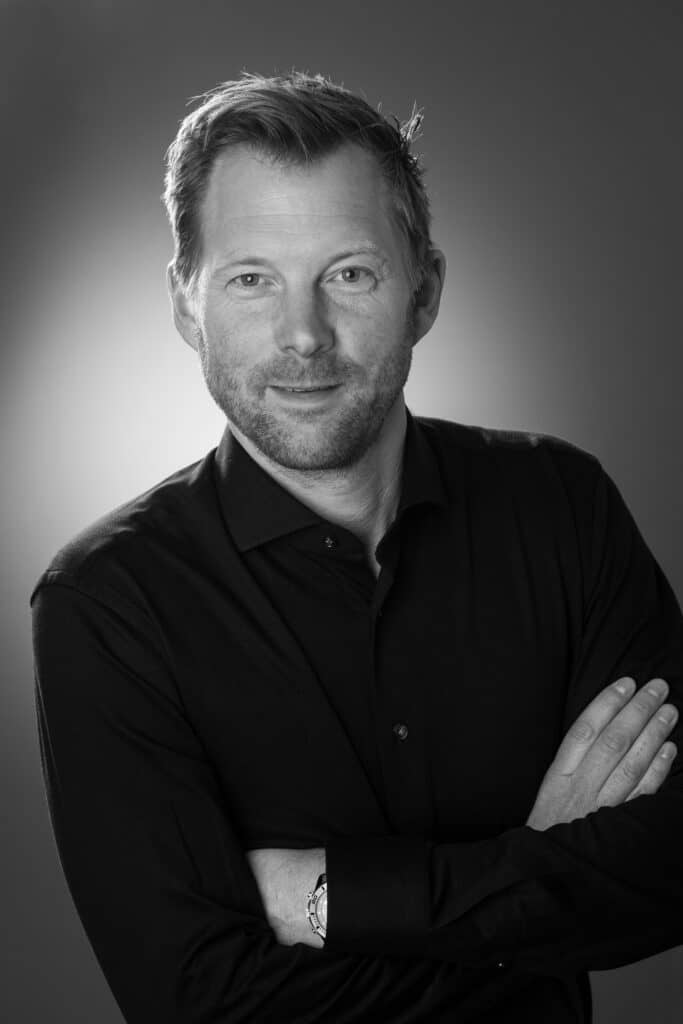High-Pressure Sodium lighting has been the standard in supplemental greenhouse lighting and indoor cultivation. Over the past decade or so, LED has entered the lighting arena. Why has this happened, what are the differences, and what will the future look like?
Since the first commercial use of HPS lighting, there have been many minor technological improvements. Initially, all ballasts were magnetic, and all lamps single-ended. This was the most efficient and only option at the time, so this was the technology we used. Over the years, lamp quality improved by dialing in production lines and learning from use in the field. Step-by-step fixtures became more efficient, and reflector technology improved. A significant step in HPS technology was the advent of electronic ballast and double-ended lamps. These improvements made a difference in the efficacy. But now we’re at the point the technology is fully developed, and it’s unlikely that we’ll see significant improvements.
Concurrently with the final improvements to HPS lighting, the efficacy of LEDs improved. Assisted by the increased use in general lighting, LEDs developed further. Horticultural lighting is one of the last fields for LEDs to replace conventional lighting products. This is because efficiency is everything in horticulture. If you’re lighting an area for humans to enjoy or to work in, there are different requirements than for lighting plants. As plants convert light into energy, and we can measure this, the most efficient light sources are preferable commercially. It may sound counterintuitive, but from the perspective of assimilation lighting, HPS lamps have not been all that inefficient.
However, LEDs surpassed the efficacy of HPS lights a few years before the large-scale adoption happened. A significant factor in why this did not occur faster has been cost. Energy prices used to be lower than what we are used to now, but initially, the cost of the technology was prohibitive. As with all new technologies, the price of LEDs was high- multiple times that of a comparable HPS system- and the efficacy wasn’t much higher. Early adoption was done by those that believed in the technology. These early adopters stimulated manufacturers to invest resources into further development.
Is efficiency the only reason the world of grow lighting is changing from HPS to LED lighting? No, LED technology has a few other benefits that make it superior. One significant difference is the spectrum. The physical characteristics of HPS lamps (all HID lamps) limit how far tweaks to the spectrum are possible. With LED, we can virtually design the spectrum precisely as we wish. Generally, LED fixtures mostly use blue and red with white LEDs. White LEDs are blue LED’s with a phosphor coating that changes the high-energy blue light to longer wavelengths with less energy, creating a mix that looks white. Compared to the mixture inside HPS lamps, phosphor coatings for LEDs can be tweaked more significantly, leading to many different ‘white’ LEDs. Almost every spectrum can be made when combined with pure red and blue LED.
Another difference between the two technologies is the way fixtures are maintained. This is neutral territory, as both sides have pros and cons. LEDs are very low in maintenance and generally only need cleaning throughout their lifespan, over which they will slowly, very slowly, degrade in output until they finally will require replacement as the power use will remain constant. Still, the yield of the crop reduces gradually. HPS fixtures, on the other hand, can be fully revamped by replacing the lamp and reflector combination, bringing the fixture back to the initial output. But, of course, replacing parts has associated costs that exceed the costs of periodically cleaning LED fixtures.
The heat load and how heat distributes also make a big difference. This is one of the characteristics of LED lights that growers sometimes need to adjust to after converting. HPS provides quite a decent amount of radiant heat, whereas the heat from LED mostly rises straight up through convection. Radiant heat helps plants transpire more easily, whereas it can be challenging to make a plant evaporate enough under LED, sometimes requiring additional heating. One factor in this is the blue content of the spectrum, something that we never really could or had to consider under HPS lighting as it stimulated transpiration already, and the option to change the spectrum radically did not exist.
What does the future look like? We will likely see a complete transition to LED in the coming years; the signs are already there. Driven by energy costs and reduced fixture prices, the decision to install LED over HPS will be easier. Hybrid installations, however, could have a longer life in them. As mentioned in this article, it’s not that HPS is inefficient; LED is just more efficient. However, when some radiant heat is helpful in the cultivation, especially in colder climates, hybrid systems may be around for a little longer.
At DLI, we have centuries of combined horticultural experience; we have followed, participated, and led at the forefront of the lifecycle of HPS technology since its advent. Now we’re at the forefront of innovation when it comes to LED.
Written by: Jeroen Dercksen Sales Manager Indoor Cultivation.
“I’ve always been interested in Controlled Environment Agriculture and have been involved in the industry for over 15 years. If I don’t understand something, I must find out. But I also like to share knowledge. Together we can improve and revolutionize the world to make it future-proof.”
Voor vragen of informatie over deze vacature, mail ellen@dli.nl of bel: 06 20 93 72 75

“At DLI we go for the best results and create room for innovation.”